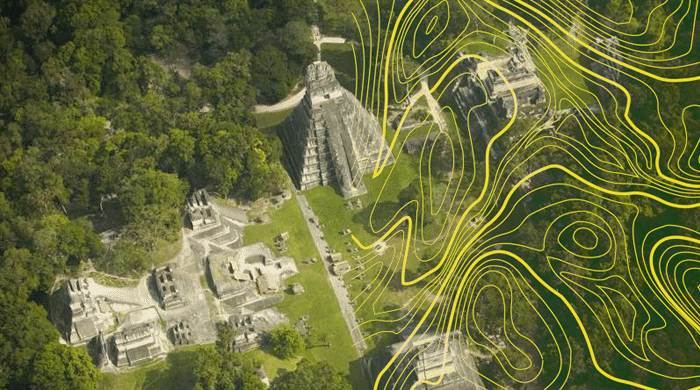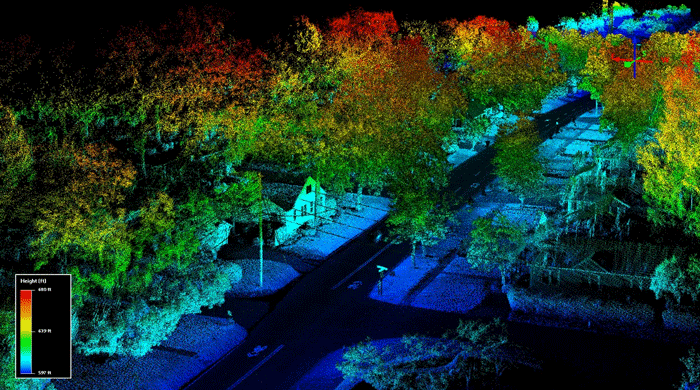LiDAR, short for light detection and ranging, is a technology which uses laser light to measure to distance between an object and an observer, forming a pixel-type view of the world known as a point cloud.
What can you do with LiDAR? LiDAR is a mapping technology that uses laser light to measure the distance to a target surface. Simply put, it generates a 3D map of anything from a room to large areas of land with stunning precision, on the order of millimeters.Every object visible by the laser scanner is scanned and reproduced in 3D.
Here are multiple amazing applications related to this technology :
Surveys
It allows high precision surveys of buildings, land, quarries, etc.
From the scan it is possible to obtain plans, sections, volume calculations and much more.
The point cloud is a perfect basis from which to model an object, for example a building, but also plumbing pipes and systems (MEP) and everything visible during the scan.
Excellent for reproducing the as built of a building, for example for the BIM methodology.
It allows the measurement of distant or inaccessible objects, for example vertical facades of buildings, monuments, power lines, railways and so on.
The laser has an excellent ability to penetrate vegetation, allowing data on the morphology of the terrain to be obtained even in the presence of trees, shrubs and tall grass.
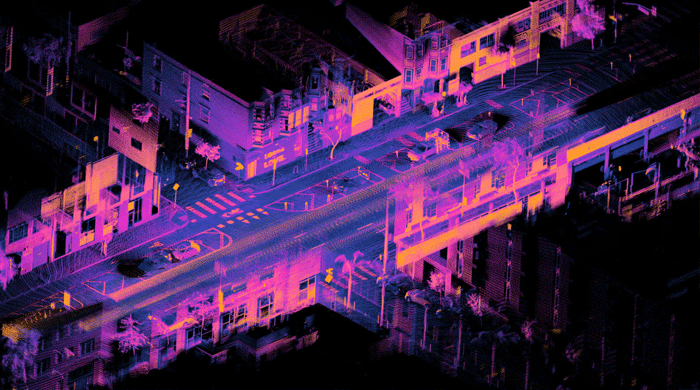
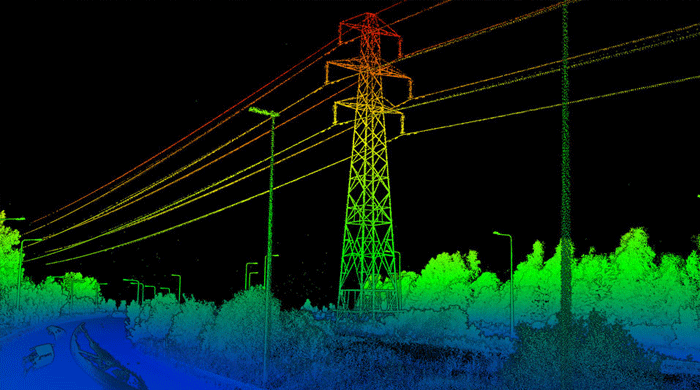
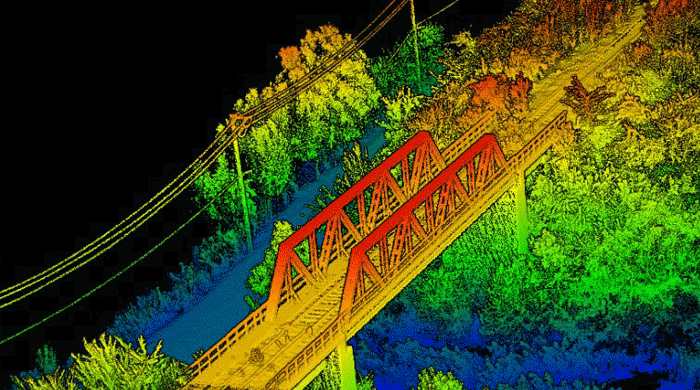
Virtual tour
LiDAR pulses can be used to create virtual 3D and 2D representations of an area, which can be used to create 360° and virtual tours, increasingly popular online.
Tourism and park management
LiDAR data is indispensable for tourism and park management; data analysis determines the best areas to use for various functions, such as where to build playgrounds, rides and footpaths.
Gaming
Using LiDAR, you can digitally recreate any physical object, rendering detailed, accurate models in very little time. In gaming, this opens a world of possibilities, allowing developers to recreate entire cities and locations almost identical to the real world.
Archaeology
LiDAR has proved invaluable to archaeologists – such as the mapping of ancient Pompeii– helping them to plan field campaigns and observe patterns not visible from the ground. DEMs micro-topography hidden by trees and shrubs can also reveal with this technology.
